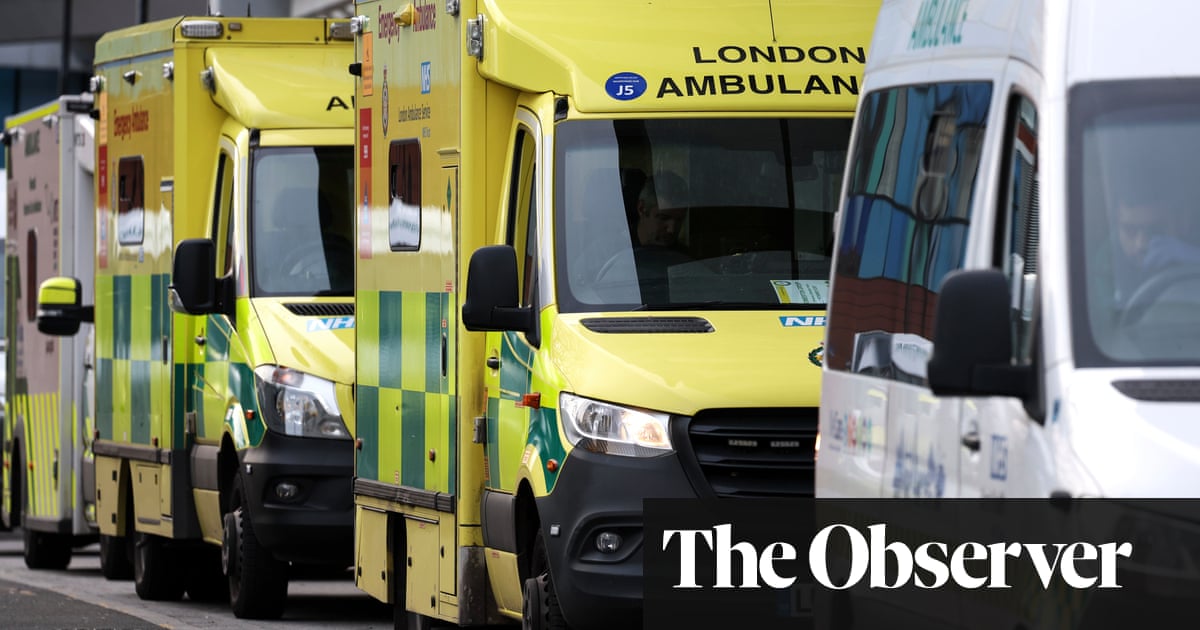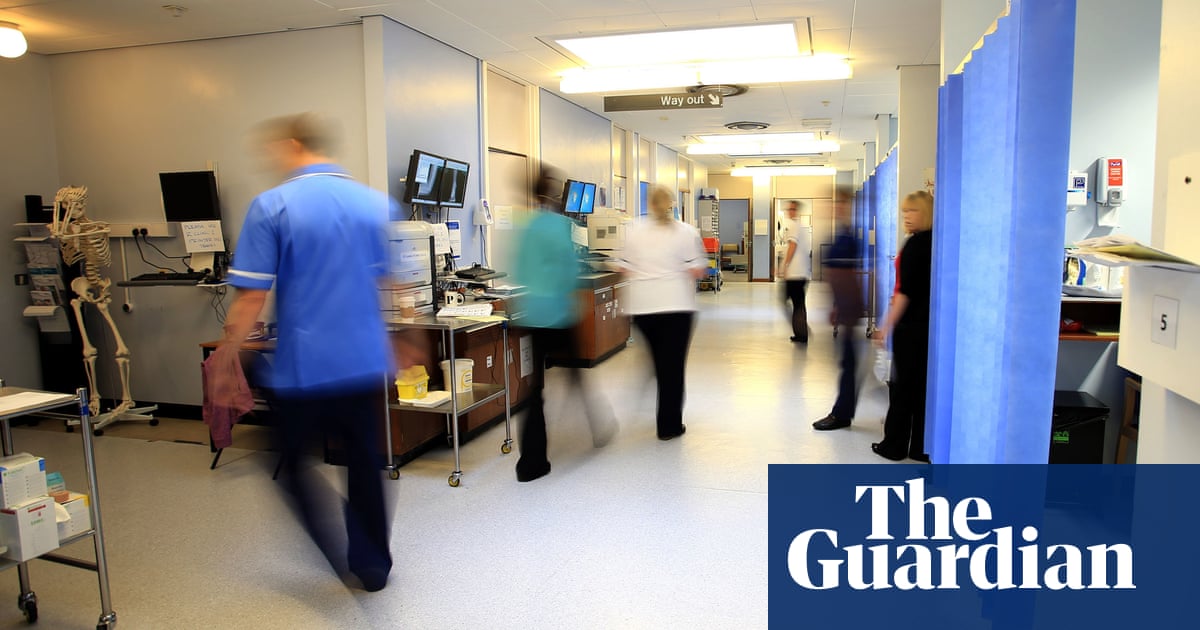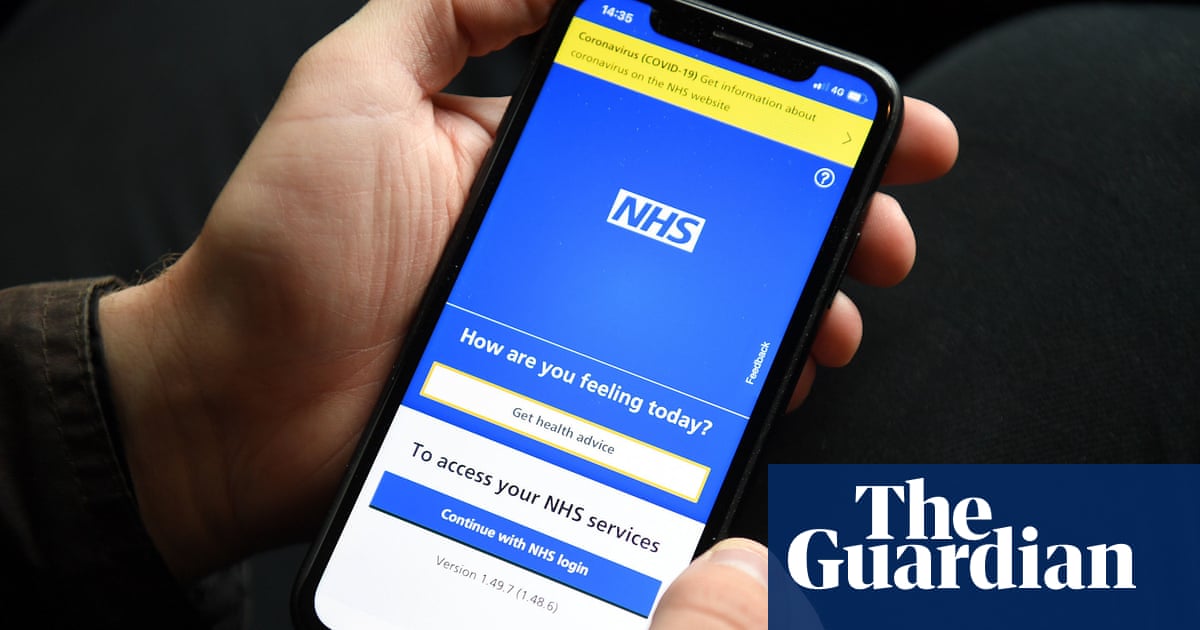
An NHS boss has warned that his trust is now “stretching to the limit to provide safe care” in the face of continuing junior doctors’ strikes – and warned that further walkouts would halt efforts to cut long waiting times.
Cutting waiting lists was one of Rishi Sunak’s key priorities last year, with the state of the health service regularly coming top among voters’ concerns. However, with the NHS in the midst of a doctors’ strike and what many regard as its toughest fortnight of the winter, there are already warnings that further strikes could halt progress on waiting times.
Junior doctors’ leaders have said that they are prepared to back yet more strikes, even though some trusts have declared critical incidents as they struggle to cope with the pressure.
Richard Mitchell, chief executive of the University hospitals of Leicester NHS trust, told the Observer that the significant progress over waiting lists his trust achieved last year would be extremely hard to replicate should the threat of new strikes materialise.
“We are stretching ourselves to the limit to provide safe care to patients this winter,” he said. “I have worked in the NHS for 22 years and have been a chief executive for over six. The last month has been one of the most challenging of my working life.”
Overall waiting lists in England have grown from 7.2 million patients when Sunak made his pledge to 7.7 million in October, the most recent figures available. While long waits of more than 18 months have fallen markedly since their peak in 2021, a government pledge to eliminate them by April last year was missed. Almost 9,000 people had been waiting more than 18 months for treatment at the end of August.
But some trusts, including Mitchell’s, did manage to reduce their numbers last year. The number of patients at the University hospitals of Leicester NHS trust waiting for elective care has been reduced by 20%, diagnostic waits by 40%, and there are 66% fewer patients waiting for cancer care. The maximum wait for care has reduced by half. But he warned that strikes had prevented further progress, and more walkouts put future reductions at risk.
“While this progress is positive, we would be doing much better if it were not for the repeated rounds of industrial action,” he said. “Despite working to protect as much planned and cancer care as possible, we have inevitably had to reschedule appointments. We remain determined to reduce long waits further this year, but it will be tough.”
Several NHS trusts in England have already declared critical incidents during the walkout, which continues until Tuesday. Some have asked staff to return to work, citing patient safety. It means that Sunak’s key pledge on NHS waiting times risks going into reverse. Official data suggests that since the PM made his pledge a year ago, the waiting list has gone up by 500,000.
Mitchell said the walkout had come at the worst time. “Because the beginning of January is always one of the busiest times, the impact this week is particularly problematic,” he said. “Emergency departments are very busy – some patients are unfortunately waiting on ambulances outside emergency departments longer than we would like, and this impacts on the ambulance service’s ability to dispatch crews to the most vulnerable patients in the community. It is incredibly difficult on morale when we are unable to consistently provide the level of patient care we all aspire to.”
He said that while the pay dispute with junior doctors required national action from the government to resolve, there were things local hospitals were trying to do to improve conditions for junior doctors. “We still have more to do as an employer in getting the basics right for everyone, including things like 24-hour hot food, easily accessible drinks stations, car parking, sufficient on-call rooms and reliable wifi,” he said.












